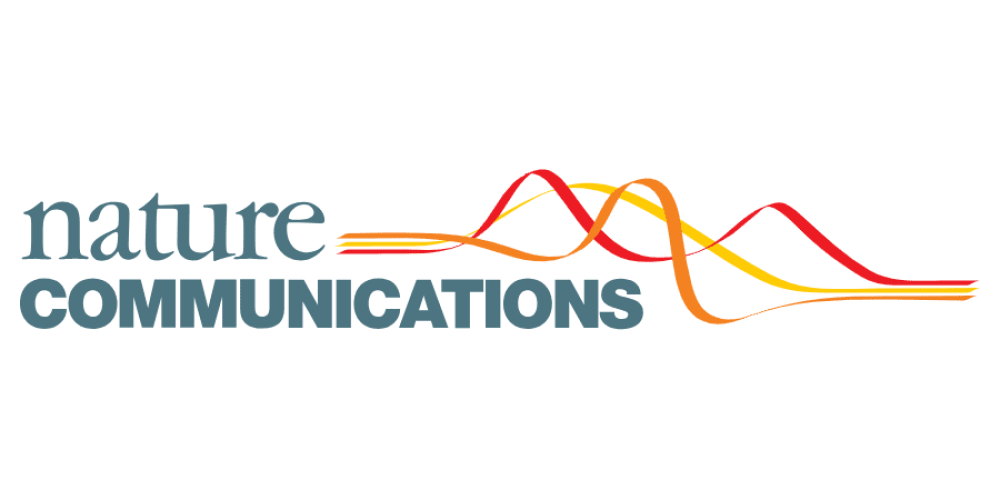Comparative cellular analysis of motor cortex in human, marmoset
and mouse
Trygve E Bakken, Nikolas L Jorstad, Qiwen Hu, Blue B Lake, Wei Tian, Brian E Kalmbach, Megan Crow, Rebecca D Hodge, Fenna M Krienen, Staci A Sorensen, Jeroen Eggermont, Zizhen Yao, Brian D Aevermann, Andrew I Aldridge, Anna Bartlett, Darren Bertagnolli, Tamara Casper, Rosa G Castanon, Kirsten Crichton, Tanya L Daigle, Rachel Dalley, Nick Dee, Nikolai Dembrow, Dinh Diep, Song-Lin Ding, Weixiu Dong, Rongxin Fang, Stephan Fischer, Melissa Goldman, Jeff Goldy, Lucas T Graybuck, Brian R Herb, Xiaomeng Hou, Jayaram Kancherla, Matthew Kroll, Kanan Lathia, Baldur Lew, Yang Eric Li, Christine S Liu, Hanqing Liu, and
66 more authors
Nature, Oct 2021
The primary motor cortex (M1) is essential for voluntary
fine-motor control and is functionally conserved across mammals1.
Here, using high-throughput transcriptomic and epigenomic
profiling of more than 450,000 single nuclei in humans, marmoset
monkeys and mice, we demonstrate a broadly conserved cellular
makeup of this region, with similarities that mirror evolutionary
distance and are consistent between the transcriptome and
epigenome. The core conserved molecular identities of neuronal
and non-neuronal cell types allow us to generate a cross-species
consensus classification of cell types, and to infer conserved
properties of cell types across species. Despite the overall
conservation, however, many species-dependent specializations are
apparent, including differences in cell-type proportions, gene
expression, DNA methylation and chromatin state. Few cell-type
marker genes are conserved across species, revealing a short list
of candidate genes and regulatory mechanisms that are responsible
for conserved features of homologous cell types, such as the
GABAergic chandelier cells. This consensus transcriptomic
classification allows us to use patch-seq (a combination of
whole-cell patch-clamp recordings, RNA sequencing and
morphological characterization) to identify corticospinal Betz
cells from layer 5 in non-human primates and humans, and to
characterize their highly specialized physiology and anatomy.
These findings highlight the robust molecular underpinnings of
cell-type diversity in M1 across mammals, and point to the genes
and regulatory pathways responsible for the functional identity
of cell types and their species-specific adaptations.
